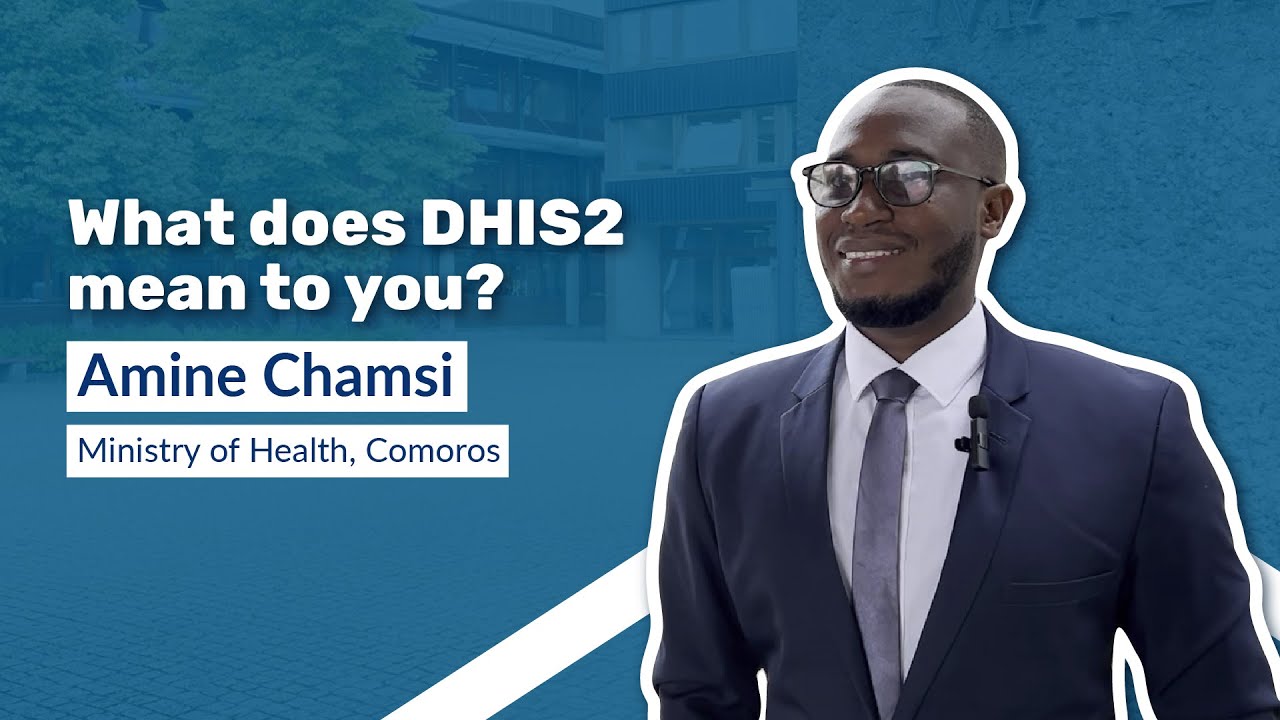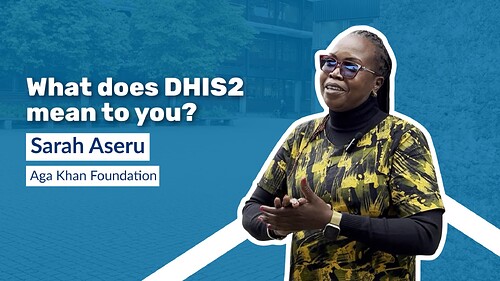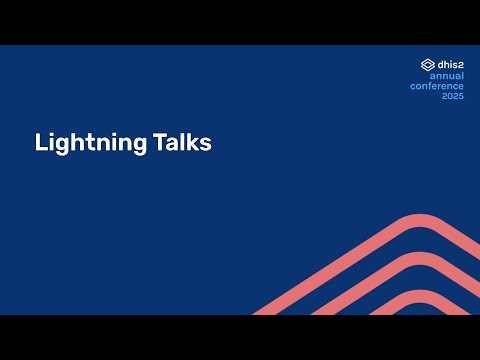During this year’s DHIS2 Annual Conference, we conducted interviews with several members of the DHIS2 community who generously volunteered to share their thoughts about DHIS2 and how it supports and enables their work.
Over the coming weeks, we will be releasing these videos to our YouTube channel, and sharing them with you here as well! Follow along to see them all.
Up first, you’ll hear from Larissa Mark @larissamark, the national epidemiologist for Grenada’s Ministry of Health of Grenada, who shares how DHIS2 is improving data use and speeding data entry processes for the island nation.
“DHIS2 is a solution, as somebody without any IT background whatsoever, it allowed me to customize forms for routine data collection,” Mark said. “Since then, we’ve been able to change workflows, and actually cut down on the amount of time we spend doing data entry, because we’re able to now utilize DHIS2.”
Claud John Kumalija, the director of monitoring and evaluation for Tanzania’s Ministry of Health, shares how DHIS2 is used to power informed decisions all across the country’s medical system.
“When we are planning, we are planning using DHIS2 data. When we are making a procurement of medicine, we use DHIS2 data. When we are focusing on vaccination, when we are focusing on service delivery, we use DHIS2 data,” he said.
Christian Nwosu @cnwosu, regional epidemiology technical lead for Sightsavers in Nigeria, shares how DHIS2 helps with strengthening health systems and supports Neglected Tropical Disease programs.
“It makes it easier for us now to be able to find information for a particular place and for a particular period, and then be able to understand what the trends are,” he said. “Now, everything seems to be coming together, and housed in one particular place where in one click, you are able to get all the things you need to get, and DHIS2 has given us that opportunity to be able to have that kind of system, on the ground.”
Amine Ahmed Chamsi @Amine_94, a data scientist for the Ministry of Health of Comoros, says that DHIS2 means “everything” to him.
“DHIS2, to me, means everything,” he said. “It’s really helping us to collect information in a real-time system. Before right now, the system in Comoros was archaic. We used to collect information through papers. But right now, with digitalization of DHIS2, everything is connected through the lowest level, to the national level, and in real-time decision making.”
En este video, Joaquín Ipo del Ministerio de Sanidad de Guinea Ecuatorial describe como DHIS2 apoya el trabajo del ministerio para combatir el VIH/SIDA.
“El DHIS2, para nosotros or para mí, es una gran oportunidad para poder asentar las bases sobre lo que es el sistema de información, ya sea a nivel nacional, que tenga que ver con todas las enfermedades, come para el control del programa al que yo pertenezco, que es el VIH/SIDA,” el dice.
Hendrik Harbers, Global Health director for Berlinger, says that “the sky is the limit” with DHIS2.
Compatibility with DHIS2 provides “an outreach that would would never have on our own,” he said. “We don’t have the technical competence, we don’t have the geographical footprint. For us, it’s more than just monitoring the temperature and safeguarding the vaccines, but actually getting leverage and doing a lot more with it, as our way of contributing to better health in low- and middle-income countries.”
Sarah Aseru, Area Programme Manager from the Aga Khan Foundation in Uganda, tells how
DHIS2 provides clarity and accountability through actionable data for schools, and has helped to track girls who dropped out of school during the COVID-19 pandemic—and bring them back to school.
“We were able to bring 500 more girls back to school, in Obongi and in Moyo (districts),” she said.
Njuki Ibrahim @bulaim_25 works as a monitoring, evaluation, research and learning coordinator for the Aga Khan Foundation in Uganda. He said that DHIS2 has enabled the organization to redirect its interventions for students in area schools, based on data.
“Our programming has had interventions that address challenges around girls’ education, and making sure that girls stay in school,” he said. “But later on, we’ve discovered, that when we look through the data, boys are also out of school, so it helps us to redirect our interventions.”











